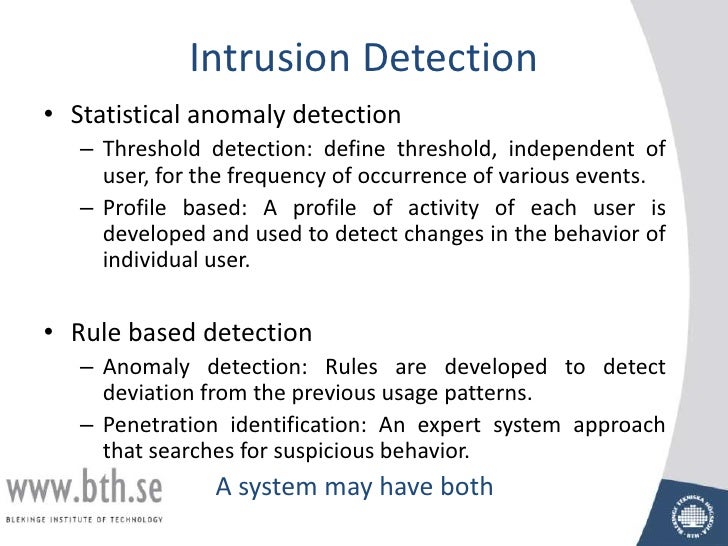

), and then select from the available options: To view other options available to you, select the ellipses (. To filter by Activated or Deactivated, in the Status section, select All, Activated, or Deactivated, and then select Apply. Subscription: Subscribes you to receive alert emails.Last Modified On: Displays the date and time the trigger was last modified.Last Modified By: Displays the email address of the user who last modified the alert.Created By: Displays the email address of the user who created the alert.# of users subscribed: Displays the number of users subscribed to the alert.The Alert Triggers subtab displays the following information:

Select Statistical Anomaly, and then select the Alert Triggers subtab.
#Statistical anomaly update
On the Configuration tab, to update the Time Interval, from the Time Range dropdown, select 90 Days, 60 Days, or 30 Days, and then select Save. The Controller column displays if the controller is enabled or disabled. The Status column displays if the authorization system is online or offline. The screen defaults to the List view but you can switch to Folder view using the menu, and then select the applicable folder instead of individually by system. On the Authorization Systems tab, select the appropriate systems, or, to select all systems, select All. Identity Performed Tasks with Multiple Unusual Patterns: The identity has several unusual patterns in the tasks performed by the identity as established by their baseline in the observance period.For example, an identity performs read, write, or delete tasks they wouldn't ordinarily perform. Identity Performed Tasks with Unusual Types: The identity performs unusual types of tasks as established by their baseline in the observance period.Times are grouped by the following UTC 4 hour windows. Identity Performed Tasks with Unusual Timing: The identity does tasks at unusual times as established by their baseline in the observance period.Identity Performed Tasks with Unusual Results: The identity performing an action gets a different result than usual, such as most tasks end in a successful result and are now ending in a failed result or vice versa.For example, an identity typically performs 100 tasks per day, and now it is performing 25 tasks per day. Identity Performed Low Number of Tasks: The identity performs lower than their usual volume of tasks.For example, an identity typically performs 25 tasks per day, and now it is performing 100 tasks per day. Identity Performed High Number of Tasks: The identity performs higher than their usual volume of tasks.Select the Authorization System, Amazon Web Services ( AWS), Microsoft Azure, or Google Cloud Platform ( GCP). Select Statistical Anomaly, select the Alerts subtab, and then select Create Alert Trigger.Įnter a name for the alert in the Alert Name box. View Trigger: Displays the current trigger settings and applicable authorization system details.Details: Displays graph(s) highlighting the anomaly with context, and up to the top 3 actions performed on the day of the anomaly.Details, this brings you to an Alert Summary view with Authorization System, Statistical Model and Observance Period displayed along with a table with a row per identity triggering this alert.To filter the alerts based on alert time, select Last 24 Hours, Last 2 Days, Last Week, or Custom Range from the Date dropdown menu, and select Apply. To filter the alerts based on name, select the appropriate alert name or choose All from the Alert Name dropdown menu, and select Apply. Date/Time (UTC): Lists the day of the outlier occurring in Coordinated Universal Time (UTC).Date/Time: Lists the day of the outlier occurring.Authorization System: Displays which authorization systems the alert applies to.# of Occurrences: Displays how many times the alert trigger has occurred.Anomaly Alert Rule: Displays the name of the rule select when creating the alert.Alert Name: Lists the name of the alert.The Alerts subtab displays the following information: Select Statistical Anomaly, and then select the Alerts subtab. In the Permissions Management home page, select Activity triggers (the bell icon). View statistical anomalies in an identity's behavior The goal of this anomaly trigger is a high recall rate. Statistical anomalies can detect outliers in an identity's behavior if recent activity is determined to be unusual based on models defined in an activity trigger.


 0 kommentar(er)
0 kommentar(er)
